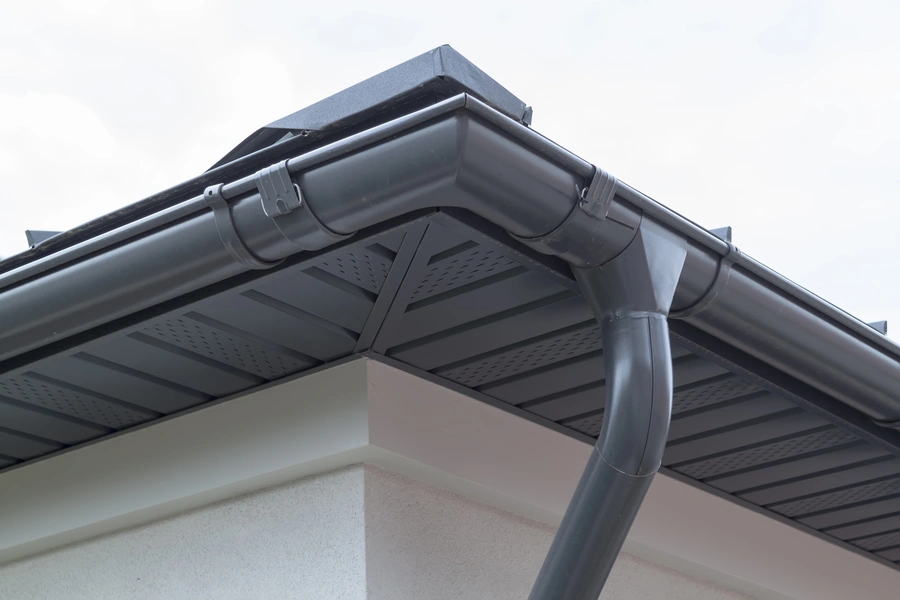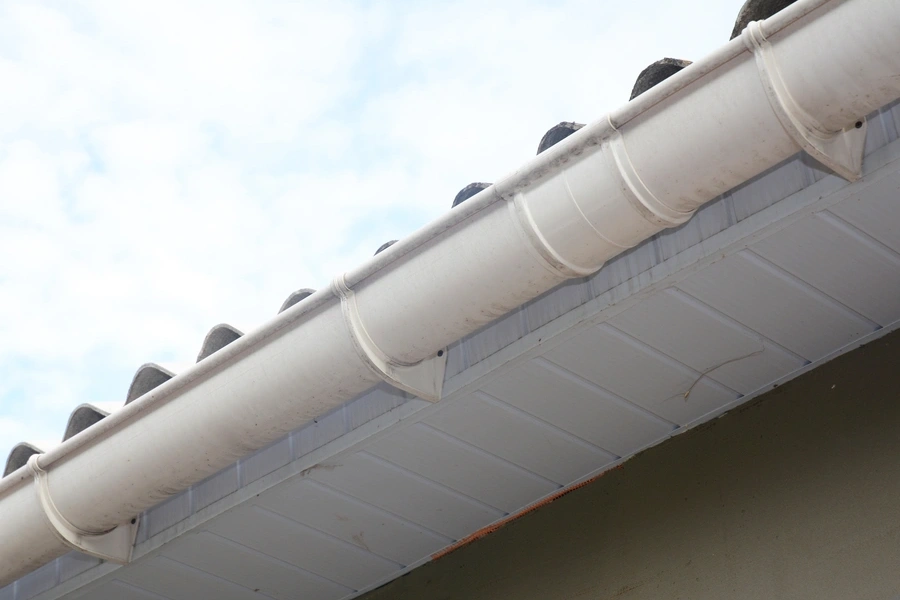Simple Ways to Prevent Costly Errors in Your Project
Installing gutters might seem straightforward, but several common mistakes can lead to costly repairs or replacements. Understanding these pitfalls is essential for protecting your home from water damage and ensuring the longevity of your gutter system. This guide highlights frequent errors made during installation and offers practical solutions to help you avoid them, ensuring that your gutters function efficiently and effectively.

Importance of Proper Slope
The slope of your gutter is crucial for proper drainage. A flat gutter will not drain water effectively, leading to overflow and potential water damage. It’s vital to ensure a downward slope towards the downspouts to allow rainwater to flow freely. The recommended slope is about a quarter-inch per 10 feet of gutter. By adhering to this guideline, you can prevent stagnant water that might otherwise cause rusting or leakage.
Avoiding Incorrect Gutter Placement
Positioning your gutters correctly under the roof edge is key to catching runoff water. Misaligned gutters can miss capturing water entirely, causing it to spill over and pool around your home’s foundation. During gutter installation, make sure the gutters are set slightly below the roofline. This alignment helps capture all rainwater while preventing backsplash onto your roof or siding.
Choosing the Right Materials
Selecting the appropriate material plays a significant role in the durability and effectiveness of your gutter system. Aluminum is popular due to its resistance to corrosion and ease of installation. However, if you’re looking for an aesthetically pleasing finish, consider copper, which offers long-lasting beauty but at a higher cost. Carefully weigh these options according to your budget and needs.
Ensuring Secure Fastening
Improperly secured gutters can detach from the house during heavy rain or wind events. It’s essential to use the correct number of hangers and fasteners spaced appropriately along the gutter’s length. Each hanger should be placed every three feet for aluminum gutters and every two feet for heavier materials like steel or copper. This attention to detail ensures stability under various weather conditions.
Avoiding Inadequate Downspout Design
Your gutter system relies heavily on well-placed downspouts to guide water away from your home efficiently. Ensure that downspouts are sufficiently sized and numerous enough to handle expected rainfall levels in your area. Usually, one downspout is needed for every 20-30 linear feet of gutter. Additionally, extending the downspouts at least six feet away from your foundation prevents water damage or flooding issues.
Regular Maintenance Practices
Neglecting regular maintenance can lead to clogged gutters, resulting in overflowing water that damages both your roof and foundation. Regular cleaning twice a year-ideally in spring and late fall-prevents debris buildup. Consider installing gutter guards as an additional measure to minimize clogging by leaves or other debris, reducing the frequency of required cleanings.
- Check for any visible cracks or leaks
- Ensure all fasteners are secure
- Clear away debris regularly
- Inspect downspouts for obstructions
Cost Implications of Poor Installation
The financial impact of poorly installed gutters cannot be underestimated. Water damage repair costs can quickly add up, often surpassing what you’d save by cutting corners during installation. Investing time and resources into quality installation practices can prevent expensive future repairs, offering peace of mind and long-term savings.

Act Now With Professional Help
If you’re uncertain about tackling gutter installation yourself, hiring a professional can save you time and stress. Based in Glen Allen, VA, I’m dedicated to providing top-quality gutter solutions tailored to your home’s specific needs. Contact me at (804) 634-4617 for expert assistance that ensures your project meets industry standards. Rely on C&J Gutter Services - Glen Allen for reliable service backed by experience and expertise.